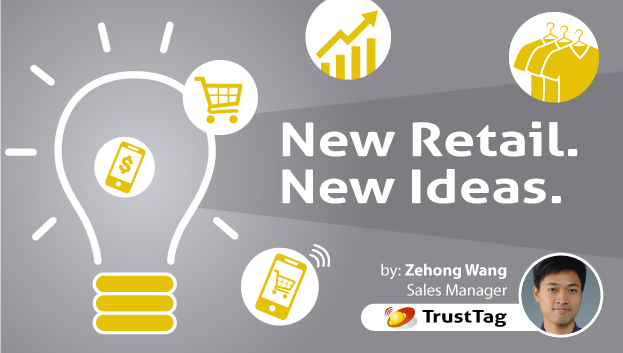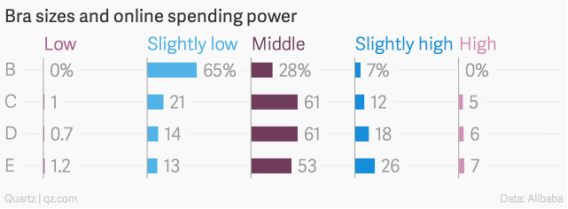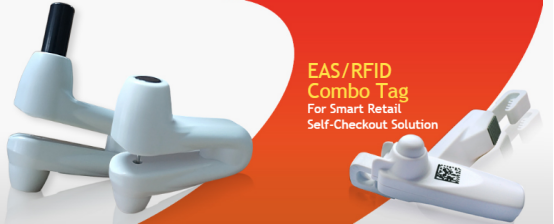Starting from the 18th centuries, the way that how people use energy resources to drastically improve the efficiency has marked each industrial revolution. Coal along with the development of the steam engine, played central roles in the First Industrial Revolution. And it was oil and electricity to creat mass production in the Second Industrial Revolution. When it comes to the Third Industrial Revolution, we can think of nuclear energy, but it was also known as the Digital Revolution, in which internet just debuted in digital world and made the world connected.
We are now under the influence of the Fourth Industrial Revolution, which builds on the Digital Revolution by emerging technology breakthroughs in numerous fields like robotics, artificial intelligence, quantum computing and the Internet of Things. And for most of these, they rely a lot on one thing-big data, which is also regarded as the new form of “energy resource” in the new industrial revolution.
Jack Ma, founder of Alibaba Group, which has established the biggest e-commerce platform in China, used to tell a joke in his speech, “Do you know women living in which provinces in China have the biggest bra sizes and which provinces have the smallest in average? I know them all!” Beyond questions, other than this, Ma knows much more private things because Alibaba has the biggest database in China that has recorded the shopping habits of 500million users for over 10years.
Despite of the joke, Alibaba actually dig this deeper according to their database and found a curious trend: Women who bought larger bra sizes also tended to spend more online. As a result, Alibaba was able to target and analyze on different spending power and do better on tailored offers.
Another interesting story would be Walmart’s sales on diapers and beer, between which, there was a positive correlation when they analyzed the sales data. After some research, Walmart found out why. A man who was asked by his wife to buy a pack of diapers on his way home from work, would always fetch a pack of beer for himself to enjoy and relex on the couch after the long day, forgetting about the noise from the babies for a while. Seeing that, Walmart move the beer next to the diapers, and even make them a combo package for a better deal. As a result, the sales of both increased by 35%.
Other than the internal data, many retailers could also take advantage of external data to adjust their strategy. For example, when they find out there are hot keywords of some candies or hand spinner on twitter, facebook, instagram, retailers would increase the stock and put them in obvious shelf. Likewise, they would also adjust the supplies of some products according to the weather and traffic reports.
As for above examples, retailers are analyzing simple data to help with the sales. Still, they are just the tip of an iceberg, because the data they could use can be even more high-volume, high-velocity and high-variety. That is the so called big data, which is information assets that demand cost-effective, innovative forms of information processing that enable enhanced insight, decision-making, and process automation. For retailers, big data will definitely help optimize supply chain logistics, improve store layouts, customize recommendation, improve customer experience and boost the sales in the end.
So how can retailers obtain more valuable data on their own? Why not start with getting TrustTag’s RFID tags to the products and making them smart throughout the whole process. The efficiency will be highly improved with the RFID technology due to location-based data, smarter inventory checking and faster check out process(TrustTag is also offering Self-Checkout Solution for retailers). If you are using our RFID tags for Source Tagging, you will even be able to keep track of the products from the factory, through distribution, warehouse and finally to the sales floor as our RFID tags will obtain more and more information in the process of source tagging. And the more the data are used, the more valuable and powerful they will become!
If you are interested in learning more about retails in the new era, please stay tuned for upcoming articles in our series of “New Retail, New Ideas”, which will explore details of specific technologies in new retail.



No comments:
Post a Comment